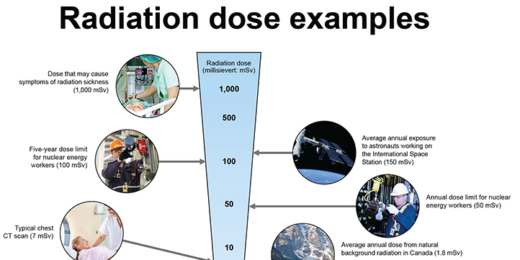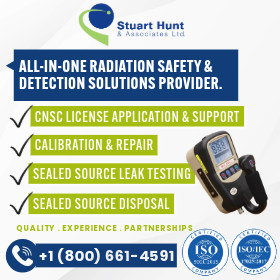Author: Erin Curry, Regional Director, Canadian Association of Radon Scientists and Technologists (CARST)
The Government of Canada’s decision to harmonize their radon exposure limit with Health Canada’s guidelines was welcome news in the radon industry. The Canadian Association of Radon Scientists and Technologists is now encouraging provinces to address radon in workplaces.
In the spirit of “Working Together,” (the theme of the 2023 CRPA conference) Erin Curry (CARST), asks how we can best support organizations and individuals working to raise radon awareness? She says that, as associations that unite professionals with a common interest, both CRPA and CARST know we will get further by forging partnerships, playing to our strengths, and—when it comes to awareness—not giving up! It takes consistent effort over time to see results.
Last year, Erin Curry, the Canadian Association of Radon Scientists and Technologists (CARST) regional director, explored the contribution of various indoor radon levels to annual effective dose in a two-part series in the Bulletin. In a new series that begins in this issue, she shifts her focus to radon in the workplace. She says, while we know general exposure to elevated levels of radon radiation is linked to increased risk of lung cancer, for radiation protection professionals, exposure to radon gas in the workplace may well be a case of the shoemaker’s children going barefoot.
The duty to protect all Canadian workers, regardless of their workplace.
Radon is the leading cause of lung cancer in non-smokers and is estimated to cause the deaths of over 3,000 Canadians each year.
Radiation protection specialists are used to thinking of radiation in terms of dose. Radon, on the other hand, is normally referred to in terms of its concentration in air, or in terms of its contribution to overall annual dose as part of natural background radiation.










